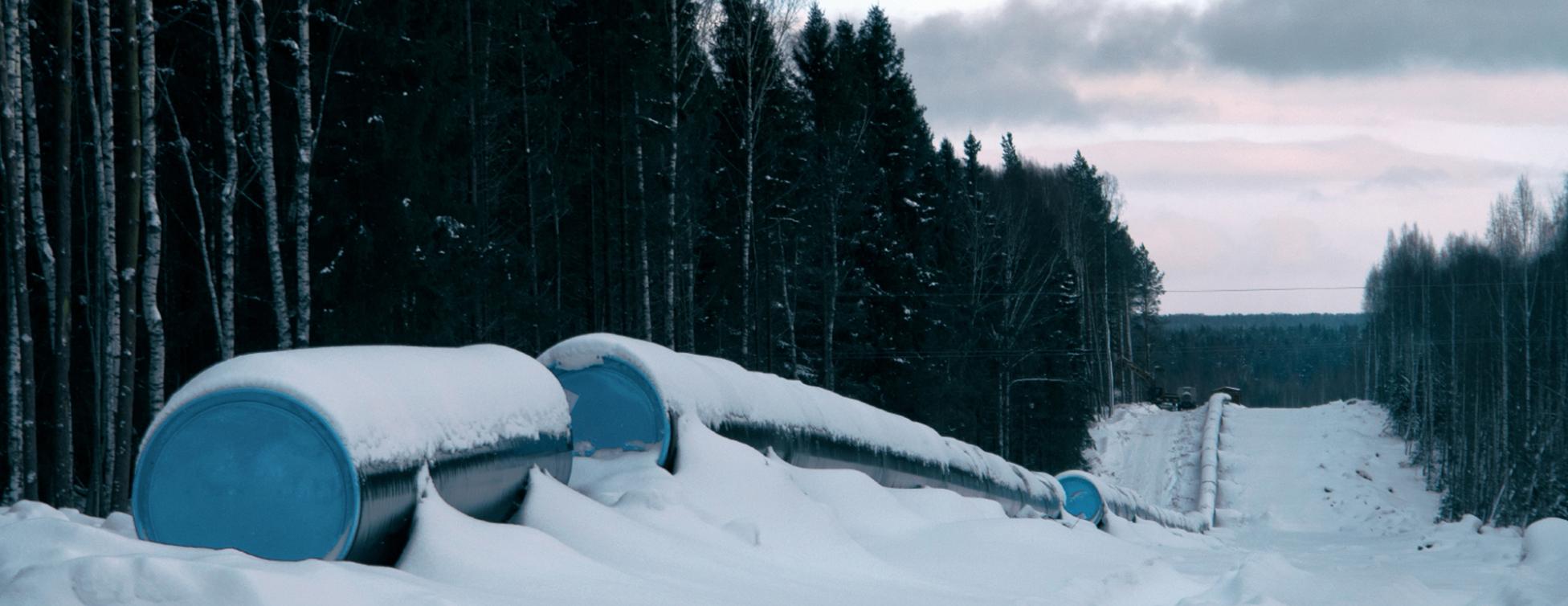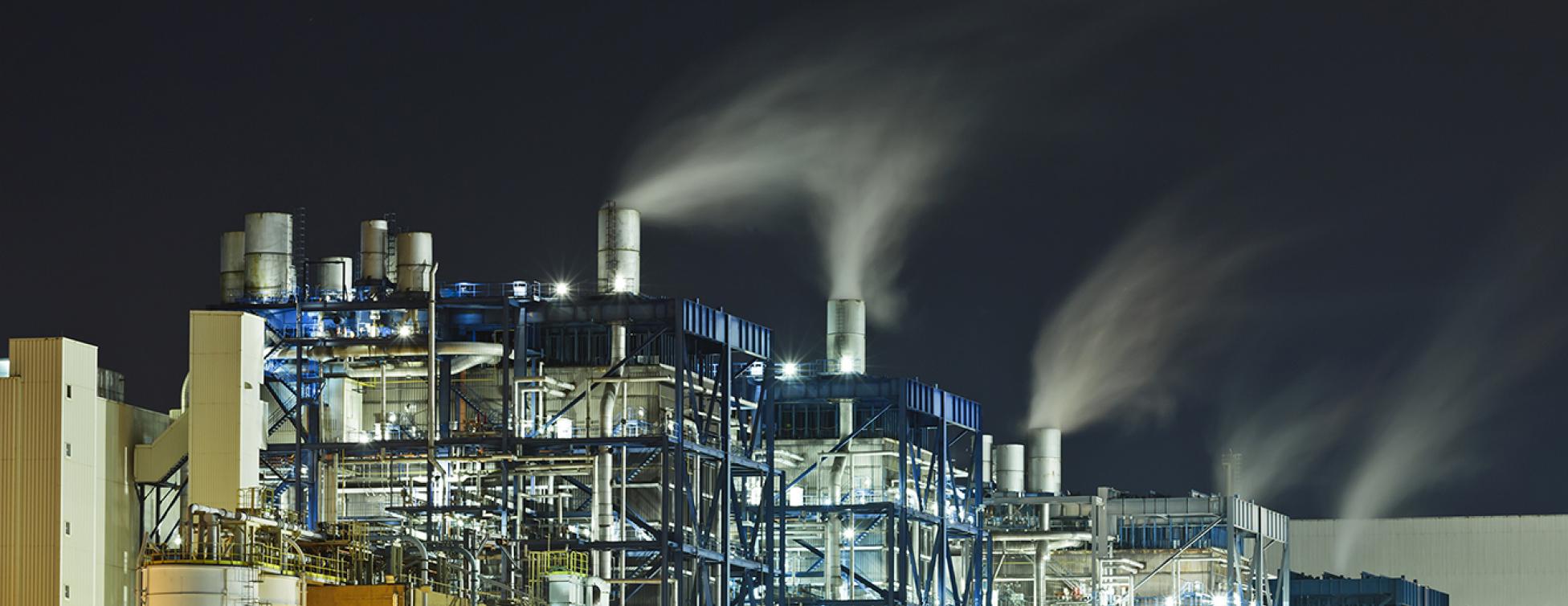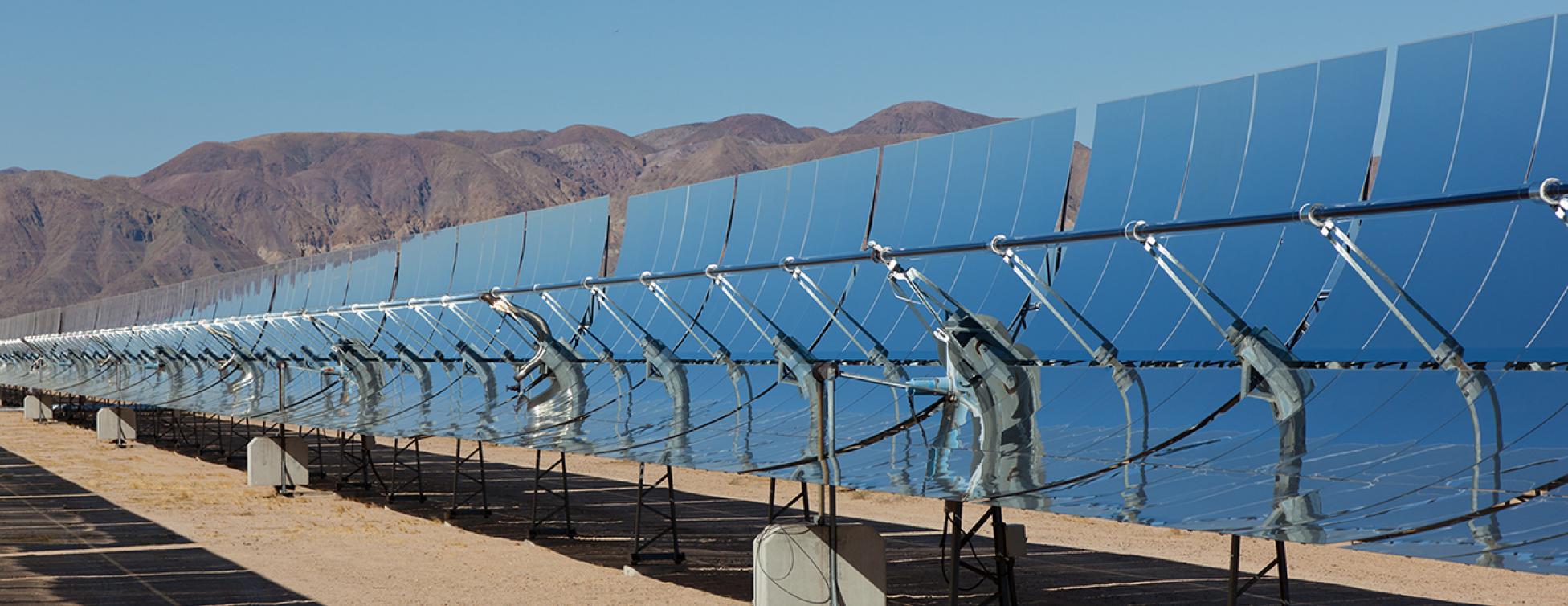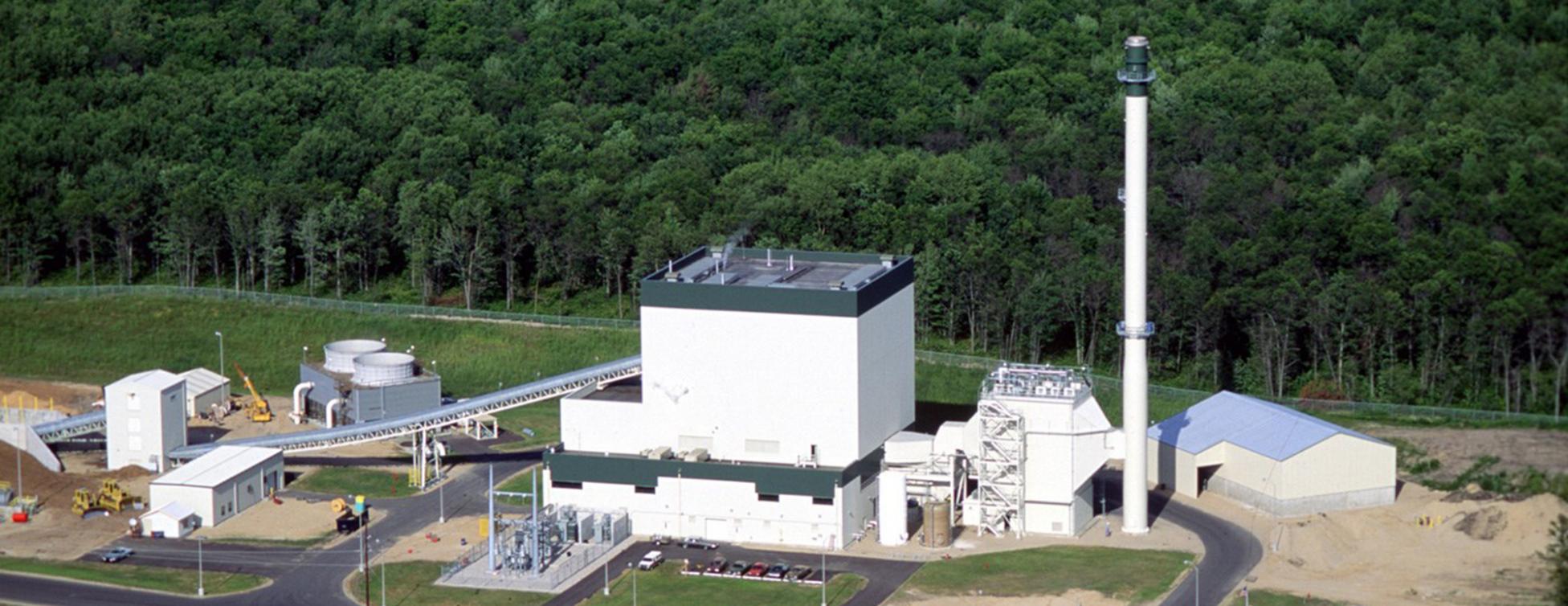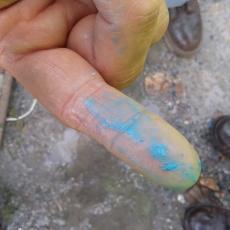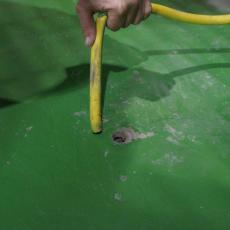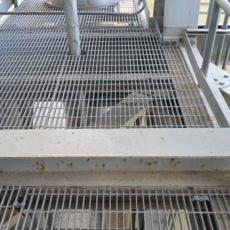February 2020
Uncured Coatings
One of the more interesting construction defects observed at a plant in Asia is a nearly universal application of coatings that did not cure.
As background, modern "paint" used in a power plant is a complex engineered product often applied in two or three layers. This is because each layer has a purpose. For example, inorganic zinc is often used as a primer, but not suitable as a top coat. Similarly, epoxy is used as a second coat, but not a topcoat because it is poor at enduring UV unlike a urethane.
Each of the layers must be properly mixed, and usually is catalyzed with a hardener. The proportion of hardener to base product is very important. Too little, the coating never cures and perpetually stays soft. It's a failed coating. Another important factor is to keep water (rain and condensation) from the coating components. Water affects curing also.
At the plant in question, easily 70% of the coated plant (large coal plant) had coatings that were not cured. To test this defect, ASTM has a MEK (Methyl Ethyl Ketone) wipe test which roughly involves a clean cloth, a little MEK, and... Read more
None.
Colossal. Left unrepaired...
Grounding
Along with a few other items, grounding is almost universally abused in developing region heavy industrial construction. Worse, it is usually not addressed in commissioning, or by construction QC.
Part of the problem stems from ignorance by craftsmen about the importance of grounding. This is compounded with the fact that proper exothermic welding and crimping tools are often not provided. Perhaps supervision is also unaware of the details involved, or perhaps uninvolved. Whatever the reason, this is an important concern and engaged oversight by a qualified owner’s representatives should easily spot and improve this condition early. That said, on every one of the projects in thee pictures, an OE was at the site and well-staffed, so that really leaves competence or a lack of leadership support as the possible issues.
Regarding the defects. A plant and its equipment that is not properly grounded is unsafe. Often ghost operational events (think trips) occur without a concrete root cause ever being identified. Obviously, it can be a personnel risk issue. In plants that have... Read more
None.
Repair cost can be moderate in systemic cases. However, real cost is in equipment damage, loss of production, or personnel injury.
Trip To Work
For owners building plants, it is important to have a team that is engaging in construction oversight at the field level.
These are a few examples of a problem that we see often, which should not exist. Further, at least for electrical components (think conduit) it is a code violation to obstruct walkways and traffic areas. OSHA also addresses the issue with regulations. If this is not enough, it should be understood by most anyone, that plant workers need to be protected and nearly every power asset owner has a corporate statement of commitment to health and safety practices.
If labor is not knowledgeable enough to understand this concern in developing regions primarily (but not exclusively), then certainly contractor supervision or quality control should intervene before the work is complete.
In these photos, the plants are past COD, in a few cases over 18 months. These are also high traffic areas.
As a stopgap, O&M groups should walk the plant and add these items to an active punchlist to be sure they get resolved.
At EPR, this is an example of an item our... Read more
None, or perhaps a small savings.
Usually not large but can be left unresolved and an accident can occur. Accidents have two aspects; financial cost and a moral cost.



